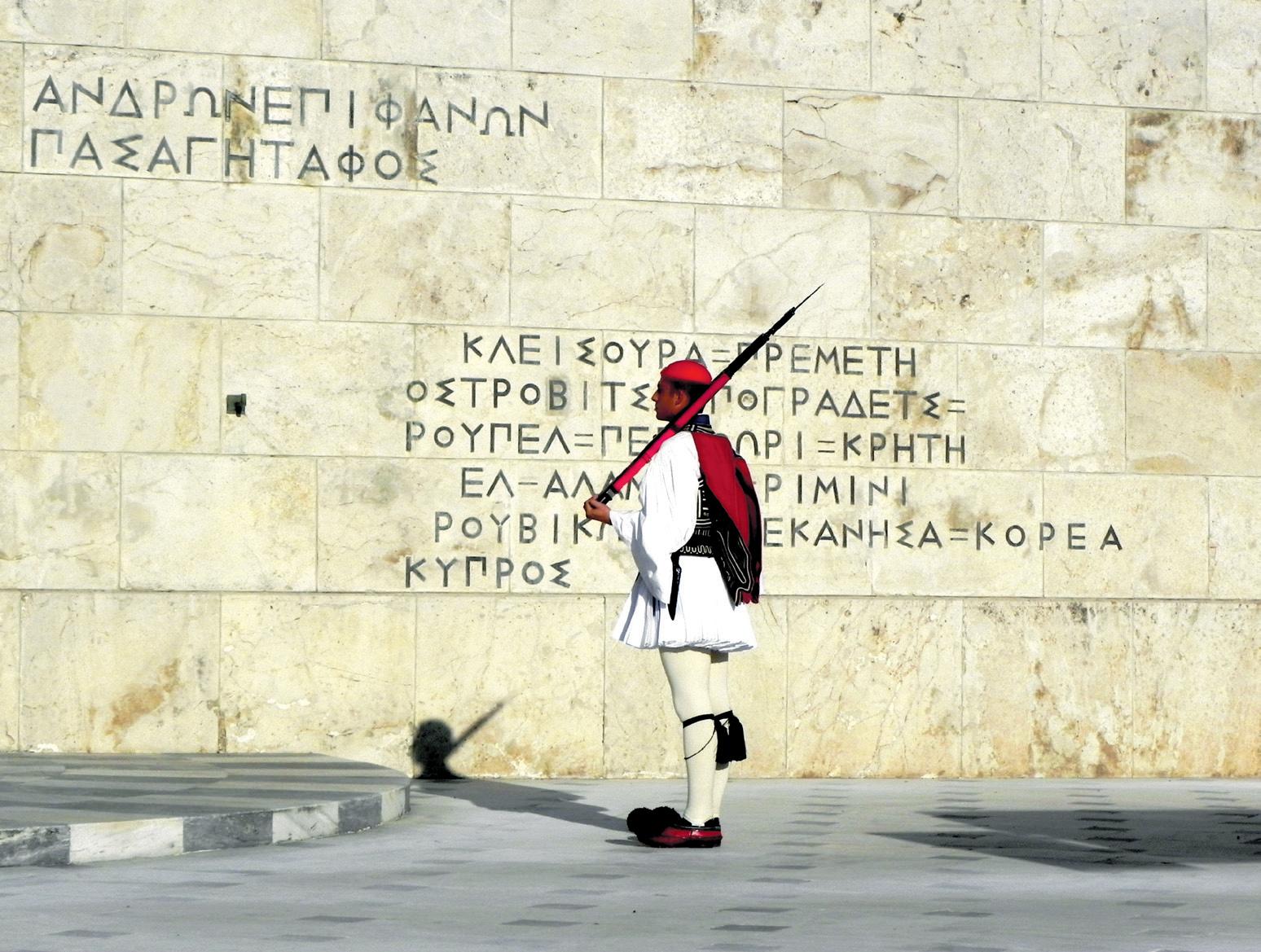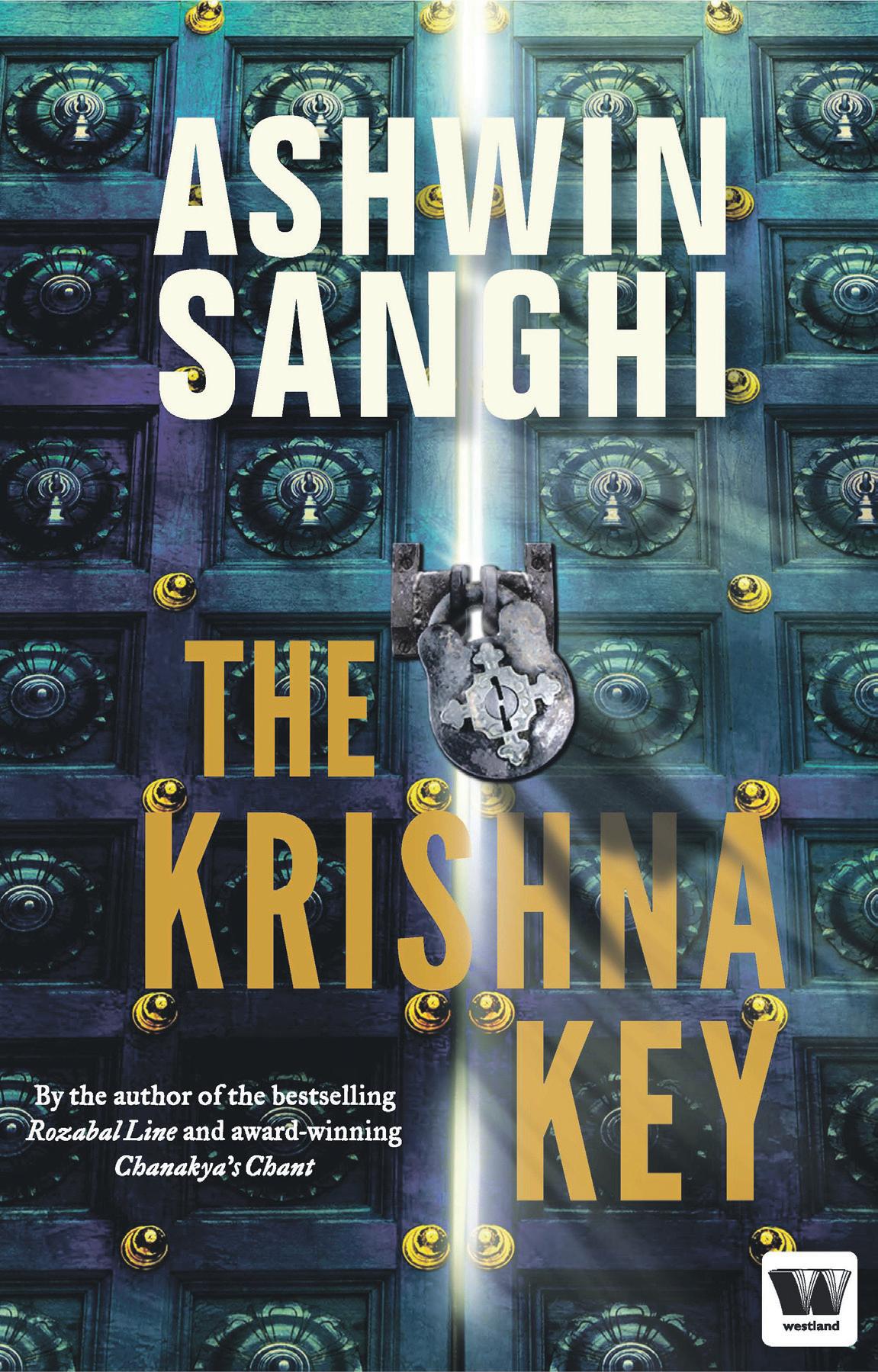
6 minute read
Kalki returns as a modern avenging angel
from 2012-10 Sydney (2)
by Indian Link
A racy new thriller travels back and forth in time from Krishna’s Vrindavan to modern-day Delhi
Writer Ashwin Sanghi, winner of the 2010 Vodafone-Crossword Popular Choice Award, has moved to the Krishna terrain of Dwarka and Somnath in his new book The Krishna Key, away from the Biblical turf of The Rozbal Line in Kashmir and the modern-day Mauryan intrigue in Chanakya’s Chant set in the national capital.
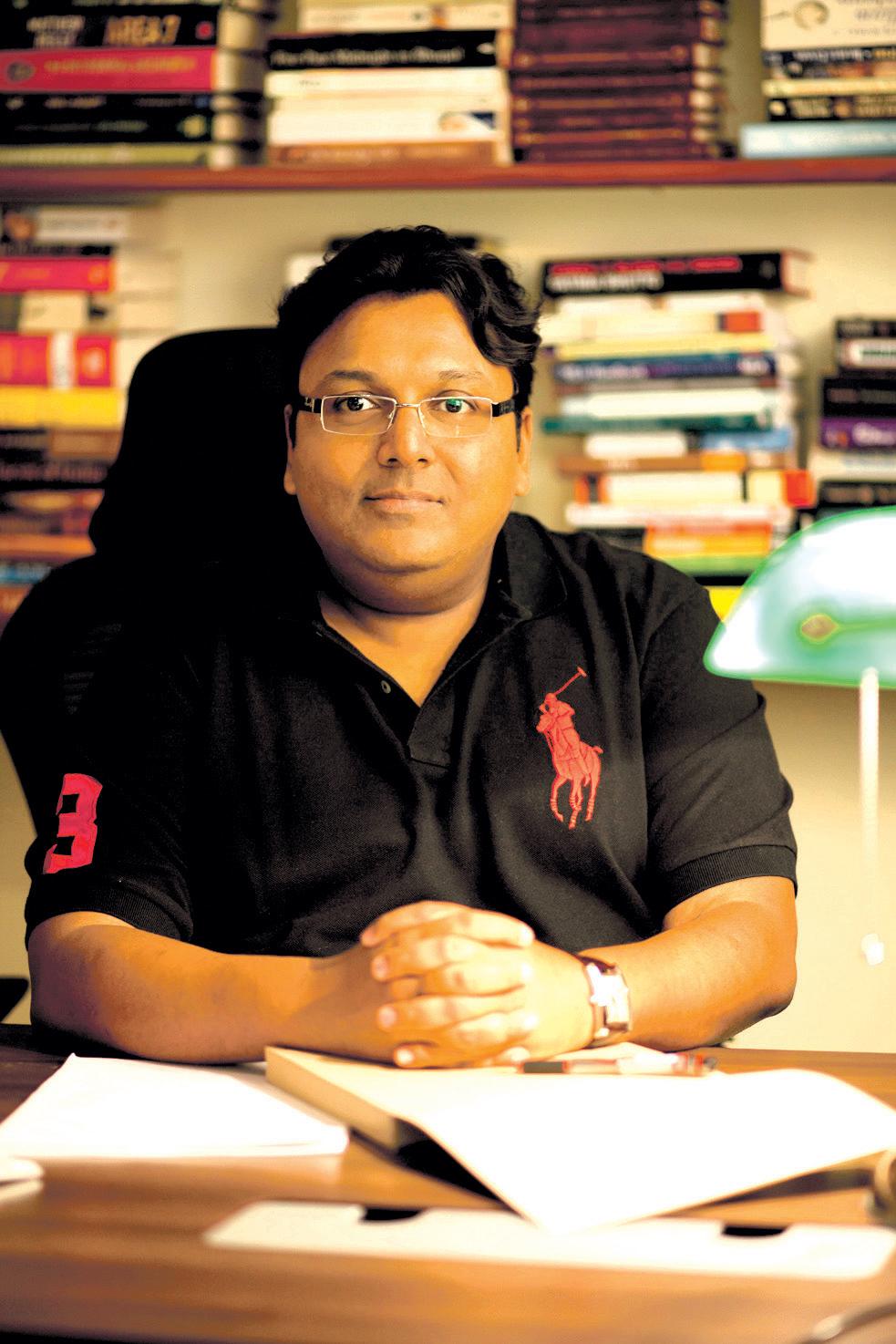
Sanghi explores the myth of Kalki - the final avatar of Krishna (also known as Vishnu in Indian mythology) - through a tale of murder and an ensuing chase that travels back and forth in time from Vrindavan and Mathura to a classroom in St. Stephen’s College in Delhi, across lifetimes.
Forty-five-year old professor Ravi Mohan Saini, who teaches the history of mythology at St. Stephen’s College, is the unlikely sleuth who scouts on the trail of a “poor” little rich boy Taraak who believes he is Kalki. In Sanghi’s gripping tale, Kalki is a serial killer who embarks on his bloody journey with the murder of Anil Varshney, a young symbolist in Rajasthan. Varshney is Saini’s oldest friend. And his murder at the beginning of the narrative - a la The Da Vinci Code - becomes the spur in Saini’s life, turning him into a sort of Robert Langdon, the star of Dan Brown’s cult classic - looking for clues to the gruesome death.
“I was influenced by the ‘Holy Blood, Holy Grail’. Dan Brown came as an afterthought. But had I not read Dan Brown , I would not have written The Rozbal Line and delved into the sacred feminine...It is like two sandwiches on a platter with different ‘chutneys’,” Sanghi told IANS.
Sanghi breaks his saga with interludes from the life of Krishna. The writer speaks of
“I like to look at mythology as the hidden truth. Get rid of the layers of colours and frills and what we will be left with is a single sliver of truth”.
Ashwin Sanghi
the deity in first person at the beginning of every chapterrecounting from the birth of the deity to his journey to Dwarka. And the subsequent destruction of the kingdom.
The writer chose the Mahabharata as his reference point. “This (life of Krishna) is the stuff we have heard of - I have used it not from a mythological perspective but from a historical perspective. I like to look at mythology as the hidden truth. Get rid of the layers of colours and frills and what we will be left with is a single sliver of truth,” Sanghi said.
The Krishna Key, however, moves closer to history - one that is
Ashwin Sanghi

recorded in the Puranas about the last avatar of Vishnu - than his two previous novels. In The Rozbal Line, Sanghi spun a fictional tale of murder and redemption around the Christian myth of Jesus Christ fleeing to Kashmir soon after crucifixion to live a long and fulfilling life. In Chanakya’s Chant, he plays on the myth of Chanakya to spin a modern-day political thriller.
“The Kalki Purana and the Bible have substantial crosspollination. For me, Kalki is nothing else in the book but the backbone for the thriller construct. The Kalki Purana had many references to Vishnu and I wanted to understand more about
Vishnu,” Sanghi said.
The writer started out with C. Rajagopalachari’s translation of the Mahabharata in English.
“I wanted to have a historical perspective of Krishna, how his life is spoken about in the sacred texts. The Mahabharata has an appendix to it - the Harivamsh that talks of Krishna’s life from the time he is born to the time Dwarka goes down in a deluge,” Sanghi said.
The book serves a more basic purpose. It draws the thriller addicts and Gen Y to the rich archive of Indian history and myths that have sprung around events before our time.
Madhusree Chatterjee
It’s true our nation is now going through a period of financial crisis, but if history and heritage can be valued by any bank, it will surely emerge as one of the richest in the world,” says my omniscient guide Ariti while showing me around the ancient-period sites of Athens, the capital city of modern Greece.
It makes me wonder if I will feel like he does, but as samples of architectural splendour from antiquity unfold before me, I begin concurring with Ariti’s statement.
Deriving its name from the goddess Athena, this 2500 year old city, reached its golden age during the 5th century BC when her intellectual thoughts, scientific ideas and artistic creations gained universal recognition.
Intellectualism flourished among people, giving birth to words and ideas like ‘democracy’, ‘harmony’ and many more. A great leader and statesman by the name of Pericles emerged on the scene and bestowed the territory with architectural marvels. Future occupiers of the land – the mighty Macedonian, Roman, Byzantine, Venetian and Ottoman conquerors, from Alexander the Great of Macedon to Roman Emperor Hadrian, added more to it, leaving behind a historical tapestry decorated with numerous specimens created from stone. Despite millenniums of heat, dust, wind and rain, the relics of soaring temples, exhilarating theatres, colonnaded streets, public squares and archways still remain to draw a picture of past richness and glory. The most significant testimony of this is the Athenian Acropolis, the crown jewel of Greece, if not all of Europe.
This location was a fortified citadel, spreading over an area of 3 hectares on a flat-topped rock, 150m high once admired throughout the ancient world as the grand entrance to the world of Acropolis; and stumbled upon the Parthenon Temple, the preserved ruins of which still hold enough ‘oomph’ to hypnotise visitors for a while.
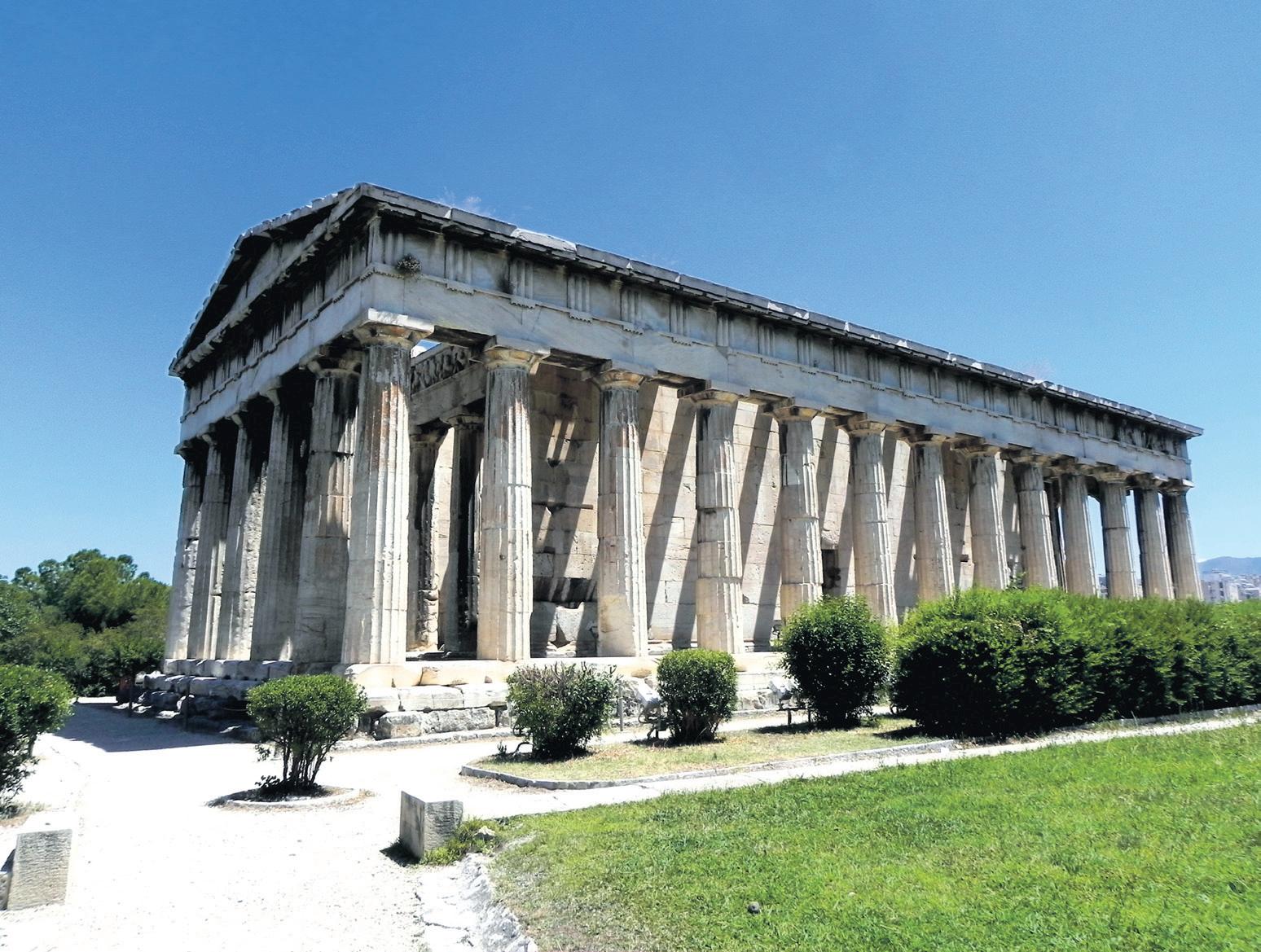
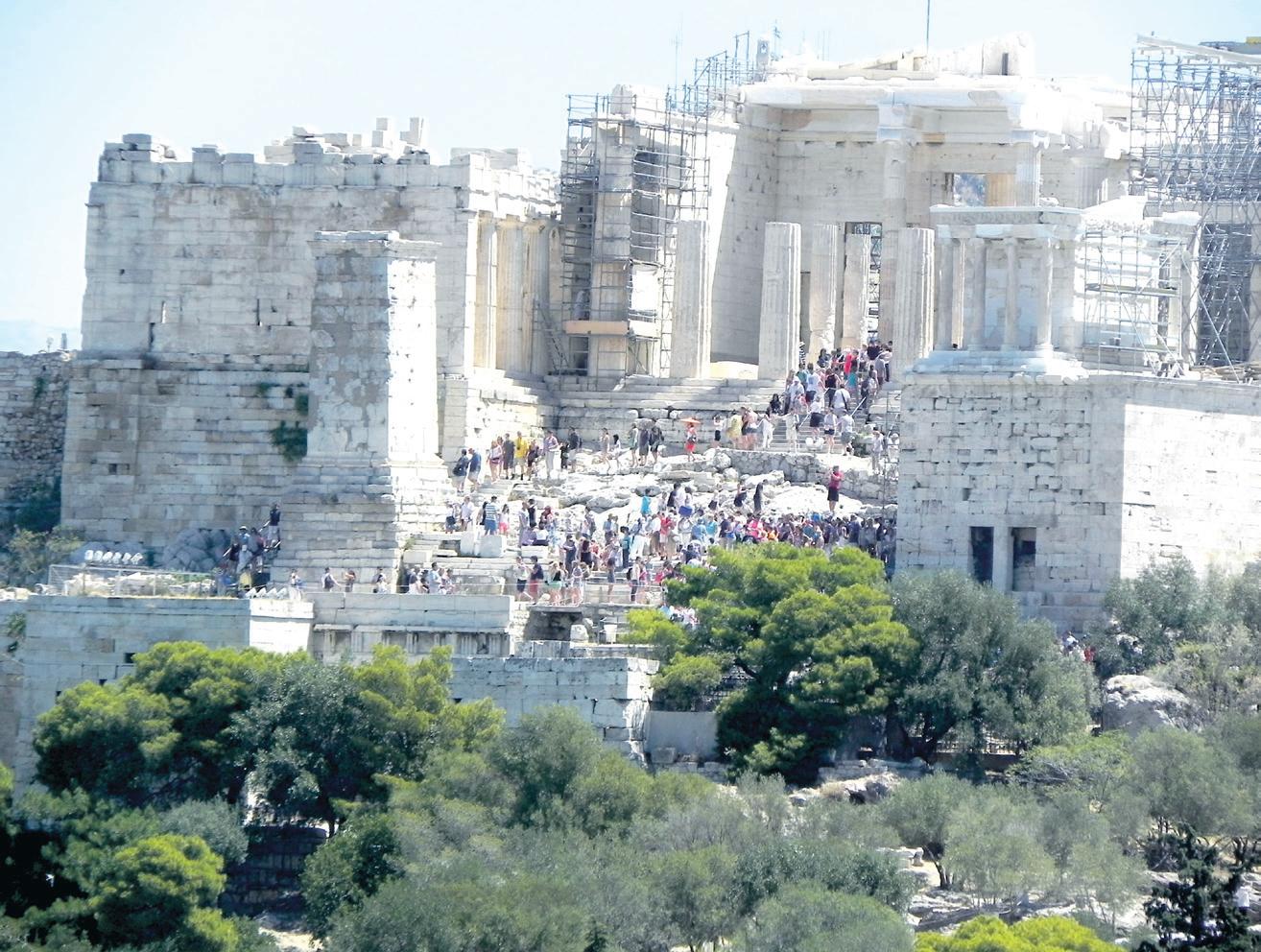
The image is familiar as seen on the cover page of almost every touristy brochure on Greece – an imposing marble edifice flanked with huge columns on all sides. It was built to house a mammoth gold and ivory statue of Athena. While taking pictures from different angles, I note the building design to be ideally proportioned. Ariti confirmed this, saying architects designed every piece of this structure on a precise ratio of 9:4 to make the temple perfectly symmetrical. Perhaps such unique engineering feats make creations like the Parthenon qualify as wonders of the world. “Many come to Athens just to see this human endeavour of extraordinary scale,” say Ariti, and I can understand why they do so. Witnessing through one’s own eyes such an epic landscape filled with grand composition of perfectly balanced structures on an expansive natural site, is a lifetime experience worthy of the hours of travelling around the world to view it. Though much smaller in size, two other temples in the Acropolis demand admiration as well. One is the Temple of Nike, built to commemorate the Athenians victory over Persian invaders at the Battle of Marathon. It is said of Erechtheion, the signature feature of which is statues of six maidens or Caryatids supporting the roof of the balcony. Only one of them is the original; the other five are housed in Acropolis Museum which we visited earlier to gaze at them, along with several other archaeological finds from the Acropolis that includes figurines, frescos and ornamented pediments of the temples.
The view of Athens from up here is breathtaking. In the distance we spot a series of columns and a monumental arch. Ariti identifies them as ruins of the famous Temple of Zeus, the largest temple ever built in Greece, and Hadrian’s Arch. However, a well-presevered ancient building dotted just at the foothill of the Acropolis catches my eye. It is the Temple of Hephaestus inside the Agora, the city’s ancient marketplace which, for over a millennium, was a vivid scene for politics, commerce, philosophy, arts and athletics. We head there next, and thrillingly walk along the ruined Panathenaic way where once Socrates addressed his followers, and St Paul preached religion. A beheaded statue of Roman Emperor Hadrian rests alongside, a silent witness of the city’s momentous history. Artefacts at the Stoa of Attalos, a museum which was earlier a shopping complex, gives us an idea of the history of that time.
Though Athens is lavishly spread with highlights from the Classical, Hellenistic, Roman and Byzantine times, it hosts concurrently a 21st century modern sprawl that offers luxury hotels, enchanting restaurants, vibrant cafes and taverns, great shopping at avant garde malls and at bustling markets, and an efficient network of public transportation for modern day visitors to enjoy their time in the city.
Two Athenian quarters, Monastiraki and Plaka, featuring labyrinthine streets and neoclassical architecture, electrify visitors as impressive platforms between the past and present.
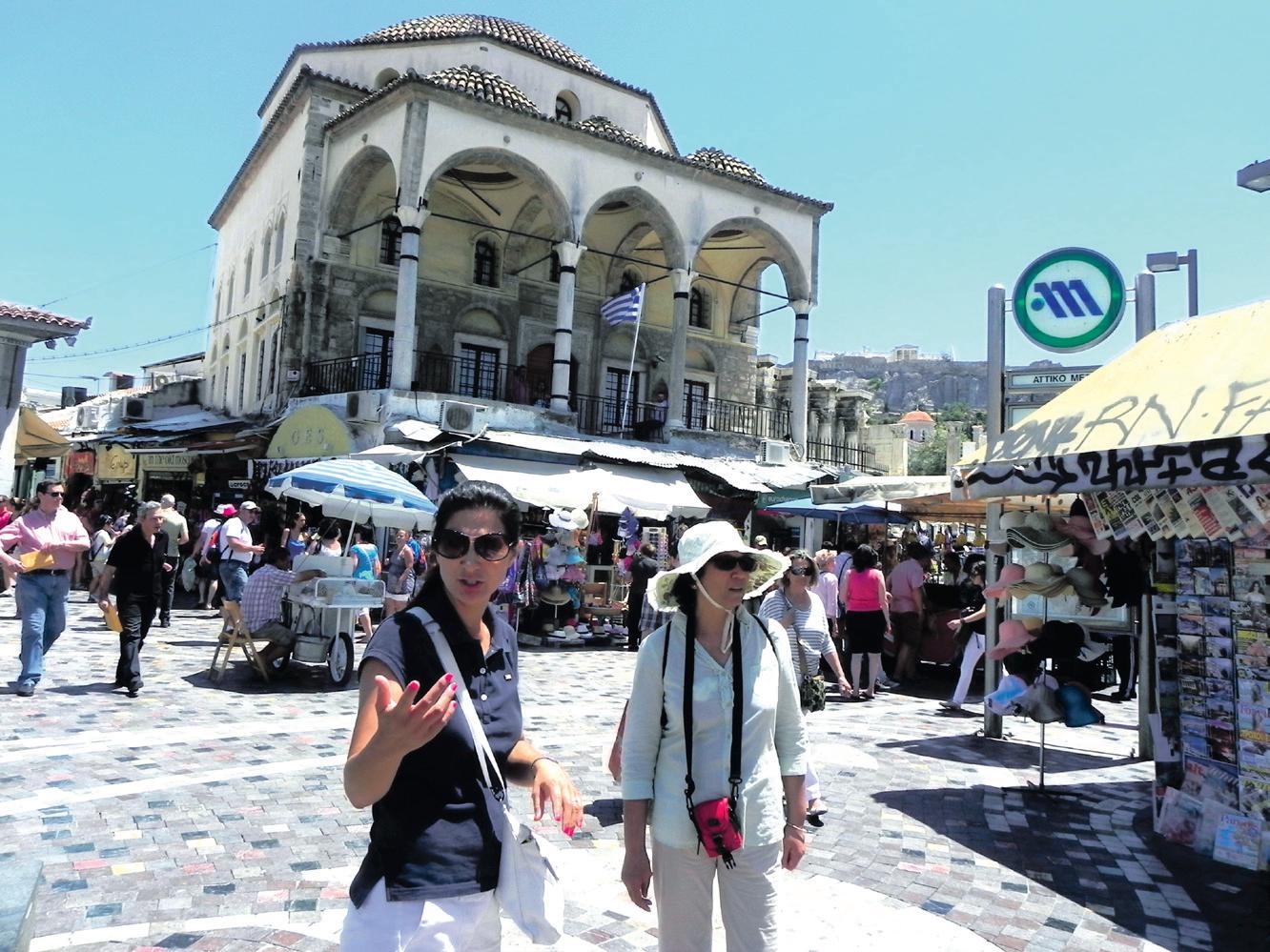
At Monastiraki,
